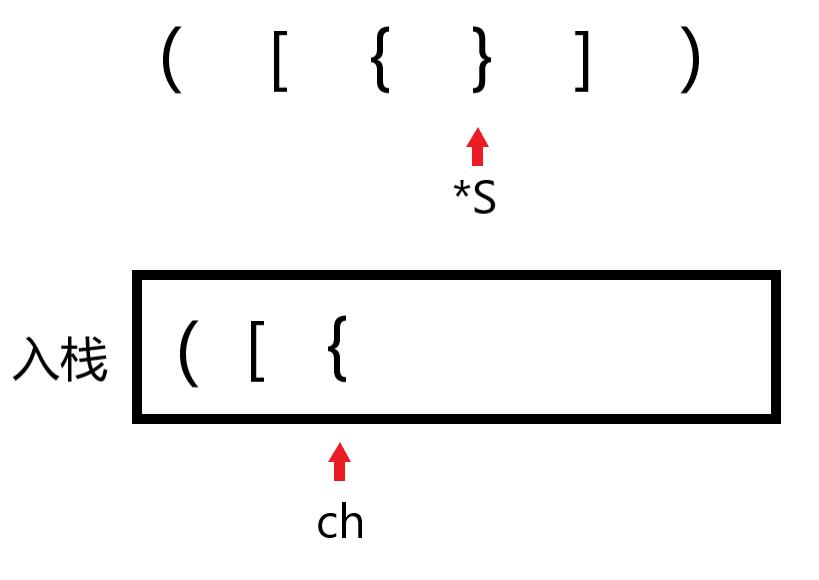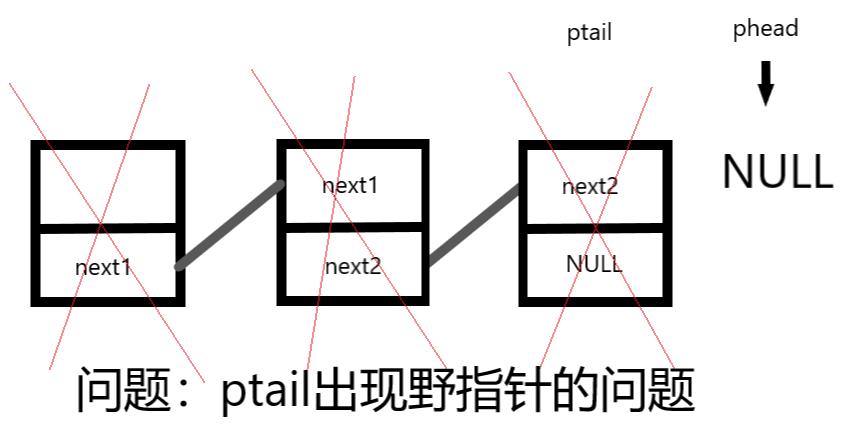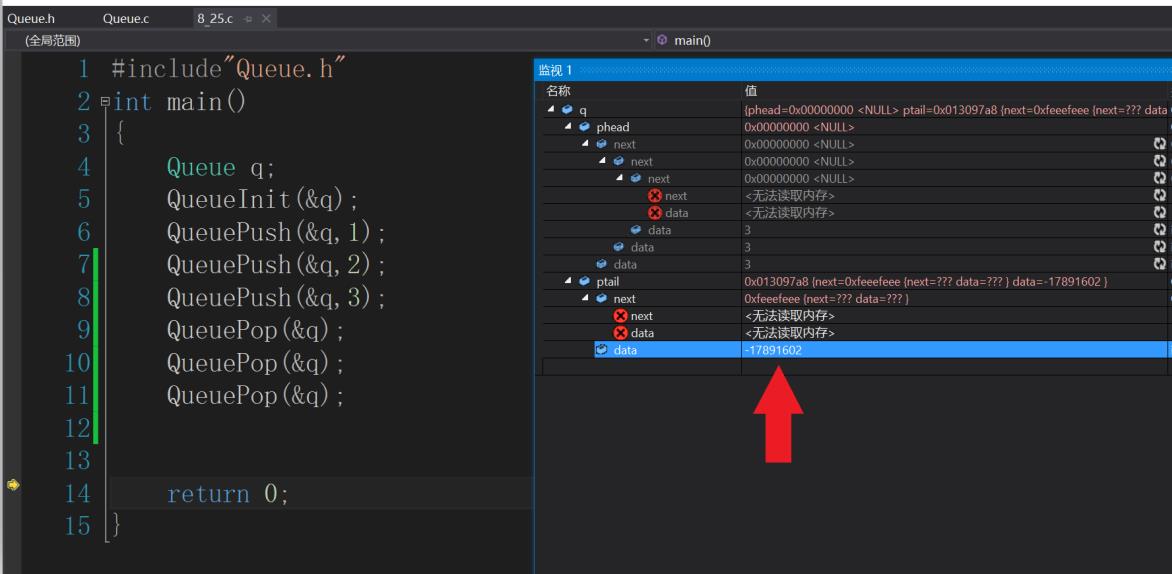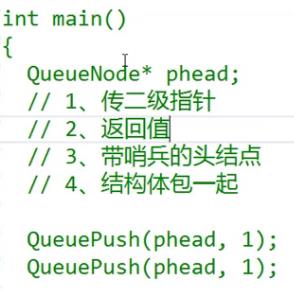数据结构栈和队列
Posted Huang_ZhenSheng
tags:
篇首语:本文由小常识网(cha138.com)小编为大家整理,主要介绍了数据结构栈和队列相关的知识,希望对你有一定的参考价值。
目录
1.栈
栈的概念及结构
栈:一种特殊的线性表,其只允许在固定的一端进行插入和删除元素操作。进行数据插入和删除操作的一端称为栈顶,另一端称为栈底。栈中的数据元素遵守后进先出LIFO(Last In First Out)的原则。
压栈:栈的插入操作叫做进栈/压栈/入栈,入数据在栈顶。
出栈:栈的删除操作叫做出栈。出数据也在栈顶。

栈的实现
栈的实现一般可以使用数组或者链表实现,相对而言数组的结构实现更优一些。
因为数组在尾上插入数据的代价比较小。

栈的实现(代码类似顺序表):Gitee栈的实现
void StackInit(ST*ps)//初始化栈
{
assert(ps);
ps->a = NULL;
ps->top = 0;
ps->capacity = 0;
}
void StackPush(ST* ps, STDatatype x)//入栈
{
assert(ps);
//检查容量够不够
if (ps->top == ps->capacity)
{
int newcapacity = ps->capacity == 0 ? 4 : ps->capacity * 2;
ps->a = (STDatatype*)realloc(ps->a, sizeof(STDatatype)*newcapacity);
if (ps->a == NULL)
{
printf("realloc fail\\n");
exit(-1);
}
ps->capacity = newcapacity;
}
ps->a[ps->top] = x;
ps->top++;
}
void StackPop(ST* ps)//出栈
{
assert(ps);
assert(!StackEmpty(ps));
ps->top--;
}
bool StackEmpty(ST* ps)//检测栈是否为空,如果为空返回非零结果,如果不为空返回0
{
assert(ps);
return ps->top == 0;
}
int StackSize(ST*ps)//获取栈中有效元素个数
{
assert(ps);
return ps->top;
}
STDatatype StackTop(ST*ps)//获取栈顶元素
{
assert(ps);
assert(!StackEmpty(ps));
return ps->a[ps->top-1];
}
void StackDestroy(ST*ps)//销毁栈
{
assert(ps);
if (ps->a)
{
free(ps->a);
}
ps->a = NULL;
ps->top = 0;
ps->capacity = 0;
}栈的OJ链接:
给定一个只包括 '(',')','{','}','[',']' 的字符串 s ,判断字符串是否有效。
有效字符串需满足:
左括号必须用相同类型的右括号闭合。
左括号必须以正确的顺序闭合。

//调用上述栈的实现的代码:
bool isValid(char * s)
{
ST st;
StackInit(&st);
bool match = true;
while(*s)
{
if(*s == '[' || *s == '(' || *s == '{')
{
StackPush(&st,*s);//如果等于 [,(,{ 就入栈
s++;
}
else
{
if(StackEmpty(&st))
{
match = false;
break;
}
char ch = StackTop(&st);//取栈顶的数据
StackPop(&st);
if(*s == ']' && ch != '['
|| *s == '}' && ch != '{'
|| *s == ')' && ch != '(')
{
match = false;
break;
}
else
{
++s;
}
}
}
if(match == true)
{
match = StackEmpty(&st);
}
StackDestroy(&st);
return match;
}
2.队列
队列的概念及结构
队列:只允许在一端进行插入数据操作,在另一端进行删除数据操作的特殊线性表,队列具有先进先出FIFO(First In First Out)
入队列:进行插入操作的一端称为队尾
出队列:进行删除操作的一端称为队头

队列的实现(代码类似单链表):Gitee队列的实现
这里采用结构体包一起的方法,因为队头head入数据,队尾tail出数据,要改变两者。
typedef int QDataType; typedef struct QueueNode { struct QueueNode* next; QDataType data; }QueueNode; //结构体包一起(结构体指针) typedef struct Queue { QueueNode* phead; QueueNode* ptail; }Queue;
Queue.c文件:
void QueueInit(Queue* pq)//队列的初始化
{
assert(pq);
pq->phead = NULL;
pq->ptail = NULL;
}
void QueuePush(Queue* pq, QDataType x) //队尾入队列
{
assert(pq);
QueueNode*newnode = (QueueNode*)malloc(sizeof(QueueNode));
if (newnode == NULL)
{
printf("malloc fail\\n");
exit(-1);
}
newnode->data = x;
newnode->next = NULL;
if (pq->ptail == NULL)
{
pq->phead = pq->ptail = newnode;
}
else
{
pq->ptail->next = newnode;
pq->ptail = newnode;
}
}
void QueuePop(Queue* pq) //队头出队列
{
assert(pq);
assert(!QDataEmpty(pq));
if (pq->phead->next == NULL)
{
free(pq->phead);
pq->ptail = pq->phead = NULL;
}
else
{
QueueNode*next = pq->phead->next;
free(pq->phead);
pq->phead = next;
}
//思考这里会出现什么问题:
//报错,野指针的问题
}
bool QDataEmpty(Queue* pq)
{
assert(pq);
return pq->ptail == NULL;
}
void QueueDestory(Queue* pq)
{
assert(pq);
QueueNode* cur = pq->phead;
while (cur)
{
QueueNode* next = pq->phead->next;
free(cur);
cur = next;
}
pq->phead = pq->ptail = NULL;
}
int QueueSize(Queue* pq)
{
assert(pq);
QueueNode*cur = pq->phead;
int size = 0;
while (cur)
{
size++;
cur = cur->next;
}
return size;
}
QDataType QueueFront(Queue* pq)//访问头的数据
{
assert(pq);
assert(!QDataEmpty(pq));
return pq->phead->data;
}
QDataType QueueBack(Queue* pq)//访问尾的数据
{
assert(pq);
assert(!QDataEmpty(pq));
return pq->ptail->data;
}队头出队列的代码中,思考会出现什么问题?
void QueuePop(Queue* pq) //队头出队列 { assert(pq); assert(!QDataEmpty(pq)); QueueNode*next = pq->phead->next; free(pq->phead); pq->phead = next; //思考这里会出现什么问题: //报错,野指针的问题 }


以上是关于数据结构栈和队列的主要内容,如果未能解决你的问题,请参考以下文章
